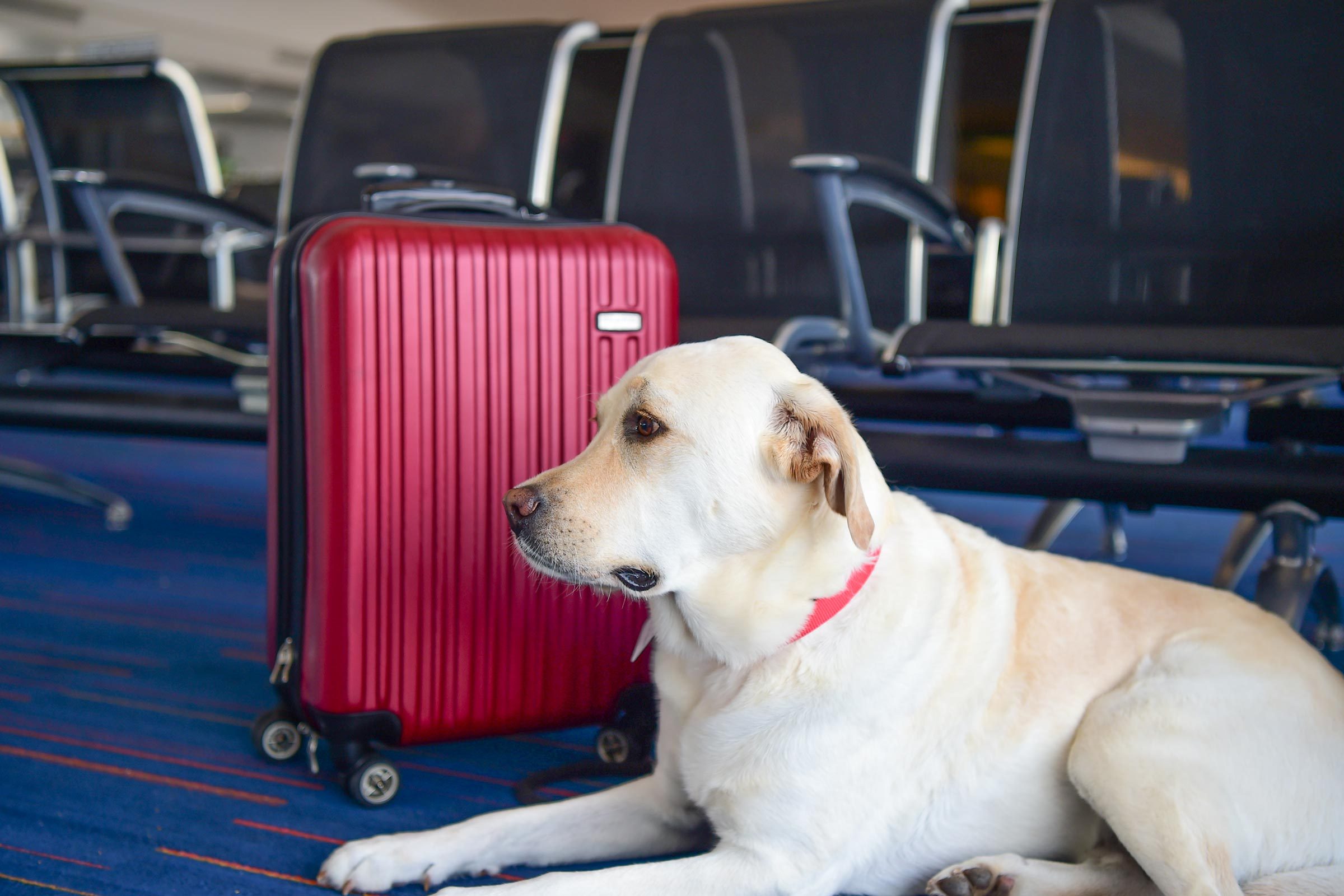
Have you ever seen a cat wag its tail like a dog? Or a dog try to perch on a windowsill like a cat? If you live in a home with multiple pets of different species, you’ve probably witnessed some strange cross-species behaviors. But what’s really going on here?
Is your golden retriever becoming a cat? Does your bunny think she’s a dog? And more importantly — in a home full of different animals, do pets experience an identity crisis?
Let’s explore this fascinating blend of pet psychology, social learning, and the quirky charm of multi-pet households.
.
🧠 Do Pets Understand Their Species Identity?
The short answer: not in the way humans understand identity — but yes, pets have species-specific behaviors and instincts.
Dogs know how to be dogs. Cats know how to be cats. But in a home where boundaries blur — where a cat sleeps in a dog bed, or a dog eats from the rabbit’s bowl — behavioral identity becomes flexible.
Rather than experiencing an “identity crisis” in the human sense, pets adapt their behavior based on:
- Social modeling (copying what they see),
- Attachment (bonding with animals or humans),
- Environmental reinforcement (what gets attention or rewards).
🧬 The Science of Mimicry: Why Pets Copy Each Other
Animals, like humans, are social learners. When a dog sees another pet jump on a sofa or use a specific sound to get attention, they might try it too. Over time, they learn what works — even if it’s not typical of their species.
Examples include:
- Dogs meowing back at cats
- Cats waiting by the door for walks because dogs do
- Birds mimicking the barking or meowing of their furry siblings
- Rabbits trying to play fetch after observing dogs
This is called cross-species mimicry and it’s common in households where animals are deeply bonded.
🐾 Real-Life Stories of Pet Identity Blending
🐶 Case 1: “My Dog Thinks He’s a Cat”
A user on Reddit shared that her Pomeranian started jumping on countertops and curling up on narrow windowsills — behaviors he picked up from his feline housemates. She even caught him batting at strings with his paws like a kitten.
🐱 Case 2: “My Cat Comes When Called… Like My Dog”
Another pet parent noticed her cat had started responding to her name being called and even began walking on a leash — after months of watching her dog go on daily walks.
🐰 Case 3: “The Fetch-Playing Rabbit”
In a mixed household with two dogs and a rabbit, the bunny started nudging a toy ball across the room repeatedly — clearly mimicking the dogs’ fetch routine.
These aren’t isolated events. More and more multi-pet owners are observing cross-species personality blending in their homes.
🧩 Does This Confuse the Pet?
While it may look like an identity crisis to us, it’s more accurate to say your pet is adapting socially. Most pets don’t appear confused or anxious by their behavior shifts — in fact, it often strengthens their sense of belonging in the group.
What you’re witnessing is not a loss of identity, but behavioral fluidity — a remarkable way animals bond across species.
🧘♂️ How to Support Healthy Identity and Behavior in Multi-Pet Homes
- Honor Each Species’ Instincts
Make sure cats have vertical space, dogs get walks, rabbits have dig zones, and birds have flight time — even if they mimic each other. - Reinforce Species-Appropriate Habits
Gently redirect dogs from climbing furniture meant for cats, or cats from chewing on dog bones. Celebrate their unique instincts. - Create Mixed-Social Zones
Have communal playtime and also species-specific areas. This helps pets feel included and individually fulfilled. - Monitor for Stress Signals
If mimicry turns into aggression, hiding, or clinginess, it may indicate a pet is overwhelmed or not fully adjusting.
🐾 Final Thoughts: Identity in the Animal Kingdom
In a multi-pet household, your animals aren’t confused about who they are — they’re just remarkably open to expanding their social behavior to match the tribe.
It’s not an identity crisis — it’s identity curiosity. And it’s yet another reason why living with pets is so endlessly fascinating.
So next time your dog tries to sit on a windowsill or your cat drinks from the toilet just because the dog does it, don’t worry — they’re not confused.
They’re just learning new tricks from their best friends.
✍️ Bonus Idea:
Want to document your multi-pet household’s quirks? Start a “Pet Fusion Diary” — a photo journal of blended behaviors and friendships. You’ll be amazed how much your pets learn from each other.



